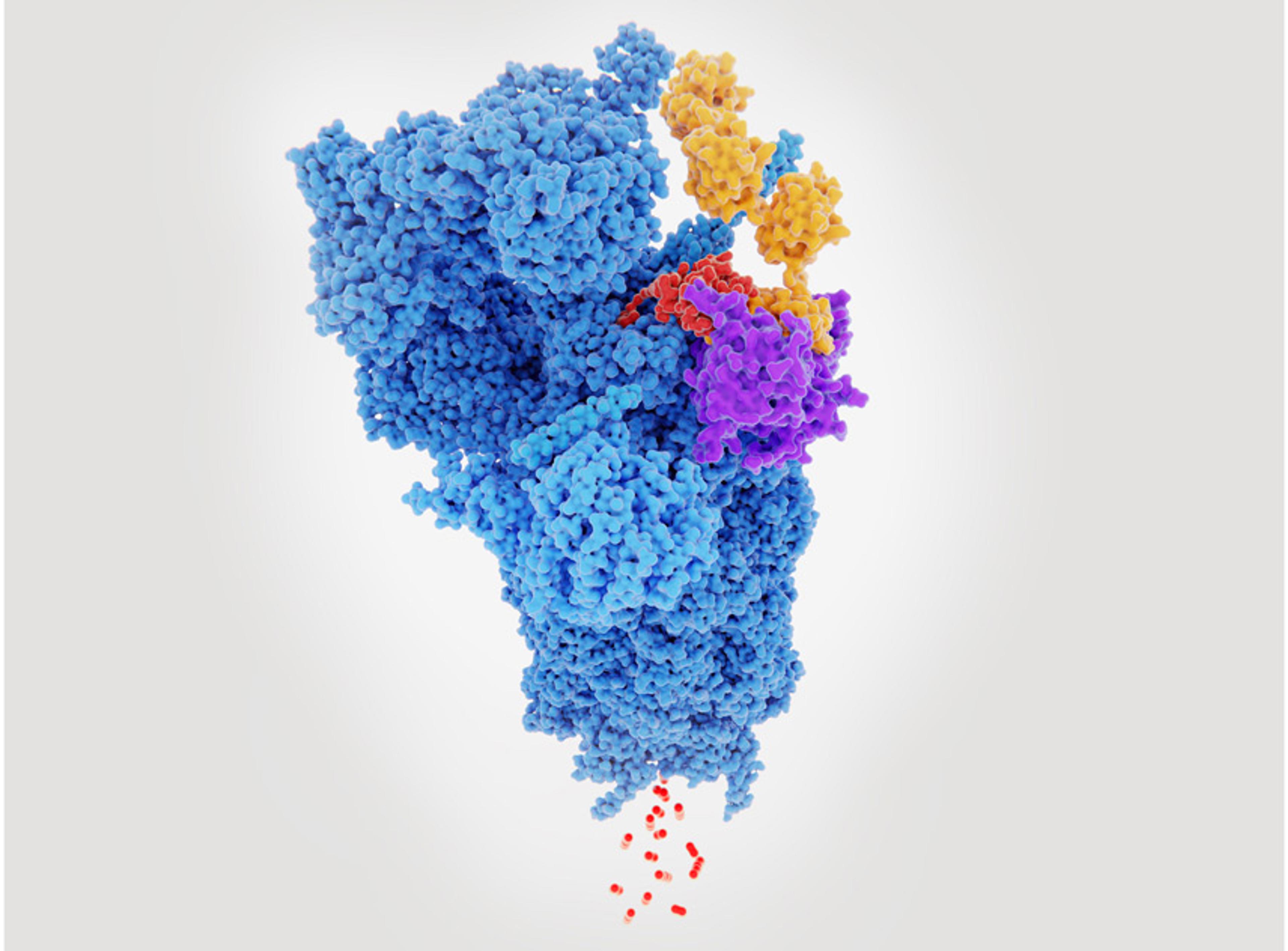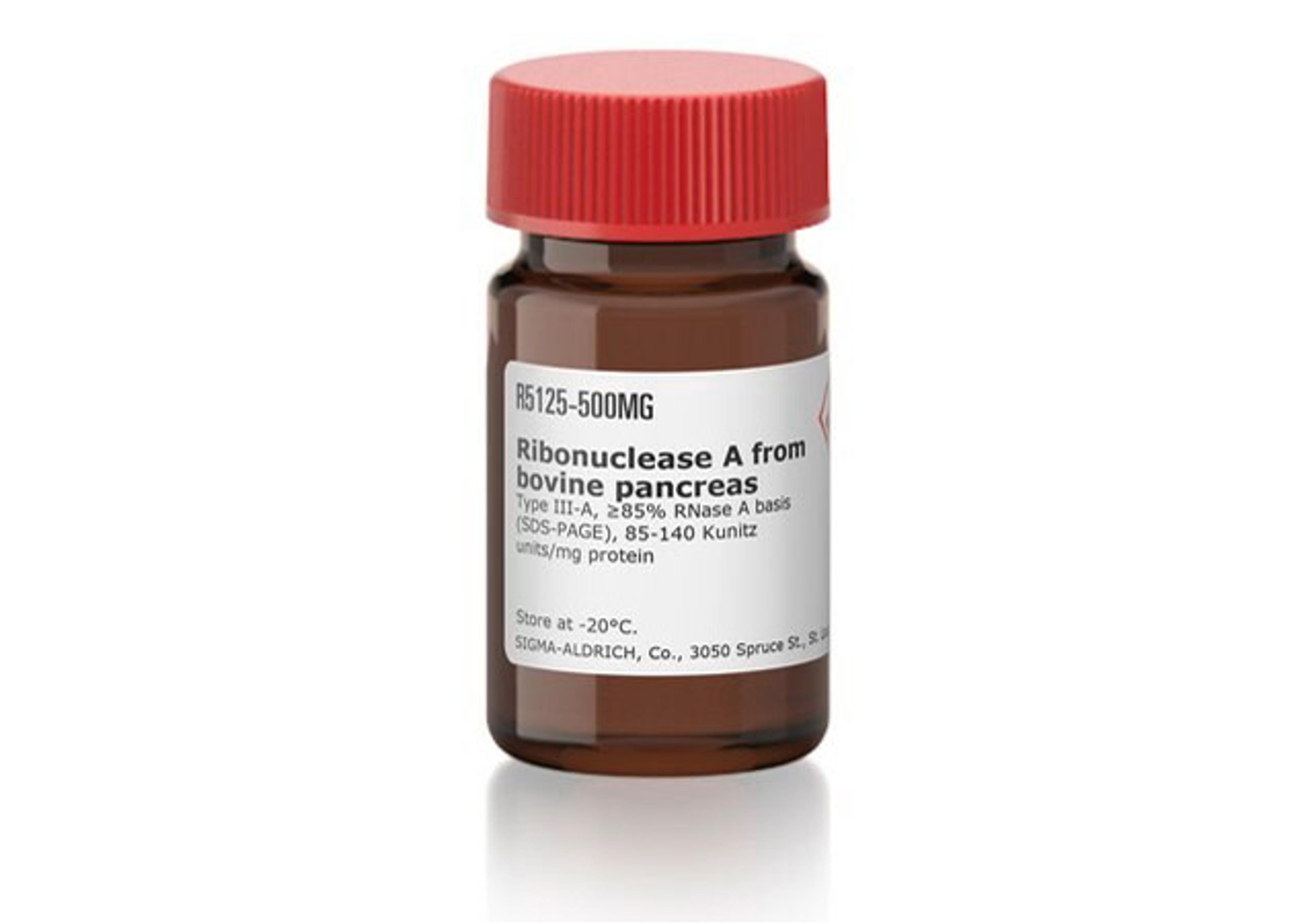Pink1 (Park6) Knockout Rat
Developed in collaboration with The Michael J. Fox Foundation, this model contains a deletion of the Pink1 (PTEN-induced putative kinase 1) gene, encoding for a serine/threonine protein kinase. Mutations in Pink1 are implicated in early-onset Parkinson’s disease. Pink1 knockout rats show both motor impairments and dopaminergic cell loss, making this a useful model of Parkinson’s disease.Pink1 (Park6) Knockout Rat Characterist…

The supplier does not provide quotations for this product through SelectScience. You can search for similar products in our Product Directory.
Developed in collaboration with The Michael J. Fox Foundation, this model contains a deletion of the Pink1 (PTEN-induced putative kinase 1) gene, encoding for a serine/threonine protein kinase.
Mutations in Pink1 are implicated in early-onset Parkinson’s disease. Pink1 knockout rats show both motor impairments and dopaminergic cell loss, making this a useful model of Parkinson’s disease.
Pink1 (Park6) Knockout Rat Characteristics:
- Homozygous knockout rats exhibit complete loss of target protein
- Approximately 30% of Pink1 knockout rats display a hindlimb-dragging phenotype at 5 months of age
- Pink1 knockout rats show increased hindlimb fatigue at 7 weeks of age
- Pink1 knockout rats show increased number of hindlimb foot slips at 5 and 9 weeks of age as assessed by tapered balance beam
- Preliminary reports have suggested Pink1 knockout rats show a ~50% reduction in dopaminergic neurons in the substantia nigra at 8 months of age
- Background Strain: Long Evans Hooded
Research Applications:
- Parkinson's disease
- Stress-induced neurological dysfunction


















